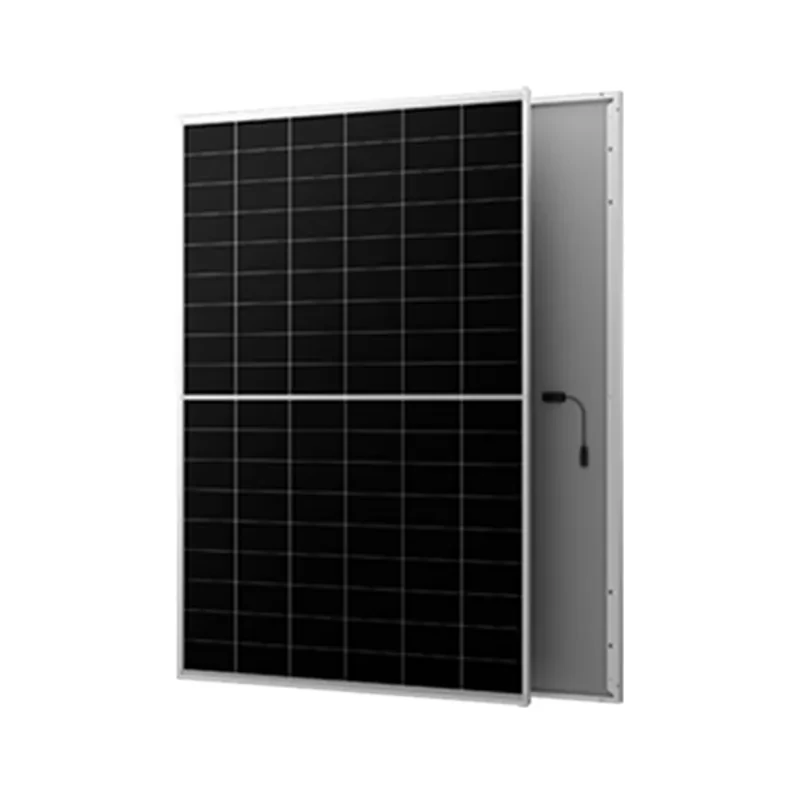solar panel efficiency per square meter
Exploring Solar Panel Efficiency per Square Meter
As the world shifts towards renewable energy sources, solar panels have emerged as one of the most promising technologies for harnessing solar energy. Understanding solar panel efficiency per square meter is critical for maximizing energy production and minimizing costs. In this article, we will delve into the significance of solar panel efficiency, the factors that influence it, and the advancements that have been made in the field.
What is Solar Panel Efficiency?
Solar panel efficiency refers to the percentage of sunlight that a solar panel can convert into usable electricity. For instance, if a solar panel has a rated efficiency of 20%, it means that it converts 20% of the sunlight that hits it into electrical energy, with the remaining 80% being reflected or lost as heat. Efficiency is a key metric for evaluating the performance of solar panels, as it directly impacts energy production per square meter of surface area.
Factors Influencing Solar Panel Efficiency
The efficiency of solar panels is influenced by several factors, including
1. Type of Solar Cell There are various types of solar cells, such as monocrystalline, polycrystalline, and thin-film. Monocrystalline cells tend to offer the highest efficiency rates, often exceeding 22%, due to their superior purity and crystalline structure.
2. Temperature Solar panels generally operate less efficiently at high temperatures. Most solar panels are tested at a standard temperature of 25°C. Efficiency typically decreases as temperatures rise, emphasizing the importance of cooling and ventilation in solar panel design.
solar panel efficiency per square meter

3. Angle of Incidence The angle at which sunlight strikes the solar panel can impact efficiency. Panels are designed to capture sunlight at specific angles; therefore, installations that optimize the angle can produce more energy. Adjustable mounting systems can help maximize exposure throughout the day.
4. Environmental Factors Dust, dirt, and debris accumulation on the surface of solar panels can reduce their efficiency. Regular maintenance and cleaning are essential to ensure optimum performance. Additionally, geographical location plays a role in solar exposure, with sunnier regions achieving higher energy production.
Advancements in Solar Panel Technology
Recent advancements in solar panel technology have led to significant improvements in efficiency per square meter. Innovations such as bifacial solar panels, which can capture sunlight from both sides, have gained popularity by increasing energy capture in limited installations. Furthermore, perovskite solar cells have emerged as a promising alternative to traditional silicon-based cells, showing potential for efficiencies exceeding 30% while reducing production costs.
Another advancement is the integration of solar panels with building materials, known as Building Integrated Photovoltaics (BIPV). This innovation allows buildings to generate energy without requiring additional space for traditional solar panels, thereby improving the efficiency of energy use per square meter.
Conclusion
Understanding solar panel efficiency per square meter is vital for developers, homeowners, and businesses looking to invest in solar technology. By selecting efficient solar panels and optimizing installation conditions, users can maximize their energy output and make a more significant impact on reducing carbon footprints. As technology continues to evolve, the future of solar energy appears increasingly promising, paving the way for a sustainable energy landscape. Ultimately, the drive towards enhanced efficiency not only fuels innovation in solar technology but also contributes to a greener, cleaner planet for generations to come.
-
Navigating Off Grid Solar Inverter: From Use Cases to Trusted PartnersNewsAug.05,2025
-
Solar Edge String Inverter: A Wholesaler’s Guide to Inverter Technology SelectionNewsAug.05,2025
-
Microinverters: Revolutionizing Solar Energy UseNewsAug.05,2025
-
Future of Monocrystalline Solar Panel Efficiency: Latest Technological AdvancesNewsAug.05,2025
-
Solar Panels for House: A Complete Guide to Residential Solar EnergyNewsAug.05,2025
-
Panel Bifacial Performance in Snow and Low-Light ConditionsNewsAug.05,2025







